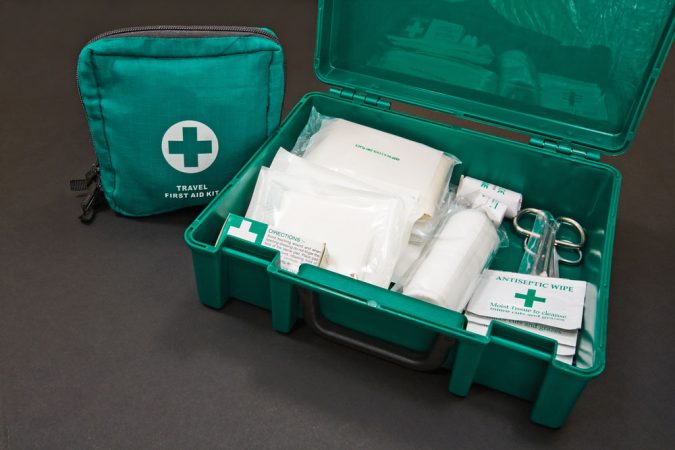Traveling: How to Pack a Professional First Aid Kit

If you are planning on traveling outside of metropolitan areas, taking an emergency first aid kit is a wise decision. Accidents do happen, and you want to be prepared in case you are unable to get help immediately. A generalized medical kit is fine, but you should go ahead and personalize it with any medications you take on a regular basis.
- Bandages, gauze and surgical tape. These are the basics, and you definitely should keep an ample supply of assorted sizes. Don’t forget to pack a small pair of scissors as well.
- Antiseptic solution and/or wipes. These are quite handy if you cut yourself and need to clean the wound before applying a bandage
- Pain relievers. Over-the-counter acetaminophen or paracetamol are fine. Whatever you usually take when you have a headache. Be sure to pack a sealed bottle because you could be stopped at customs and asked to throw it out.
- Imodium or generic equivalent. Unfortunately, you never know when diarrhea will strike, so it’s best to be prepared. This type of medication is a temporary fix and should not be taken consistently.
- Antihistamine cream. Take a small tube of this in case you are bitten by an insect. It helps to stop itching and reduce swelling.
- Condoms. Before you say anything, these are needed for more than just the obvious. When in a pinch, they can be used as mini ice packs for unexpected injuries.
- Quality antibacterial ointment. Bumps and scrapes can happen, so be sure to pack a tube of Neosporin or it’s equivalent. It will help prevent infection.
Keep in mind this is only a basic first aid kit. Be sure to include any medications you take on a regular basis including inhalers for asthma and Epi-pens if you suffer from allergies. In addition, always keep a list of any pre-existing conditions and allergies you have in case you are in need of medical attention. If you have any questions, it’s a good idea to talk to your family physician before leaving on vacation.






